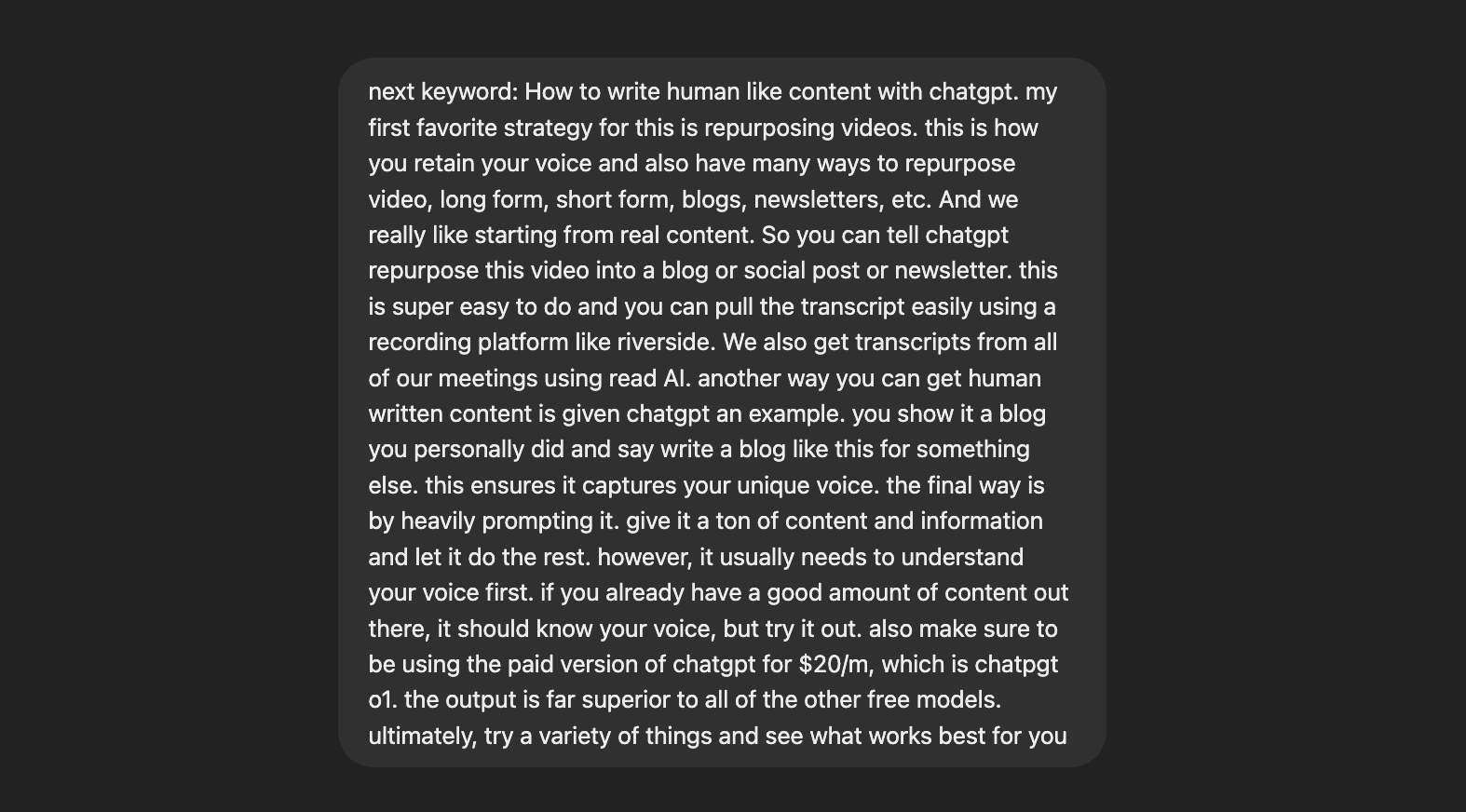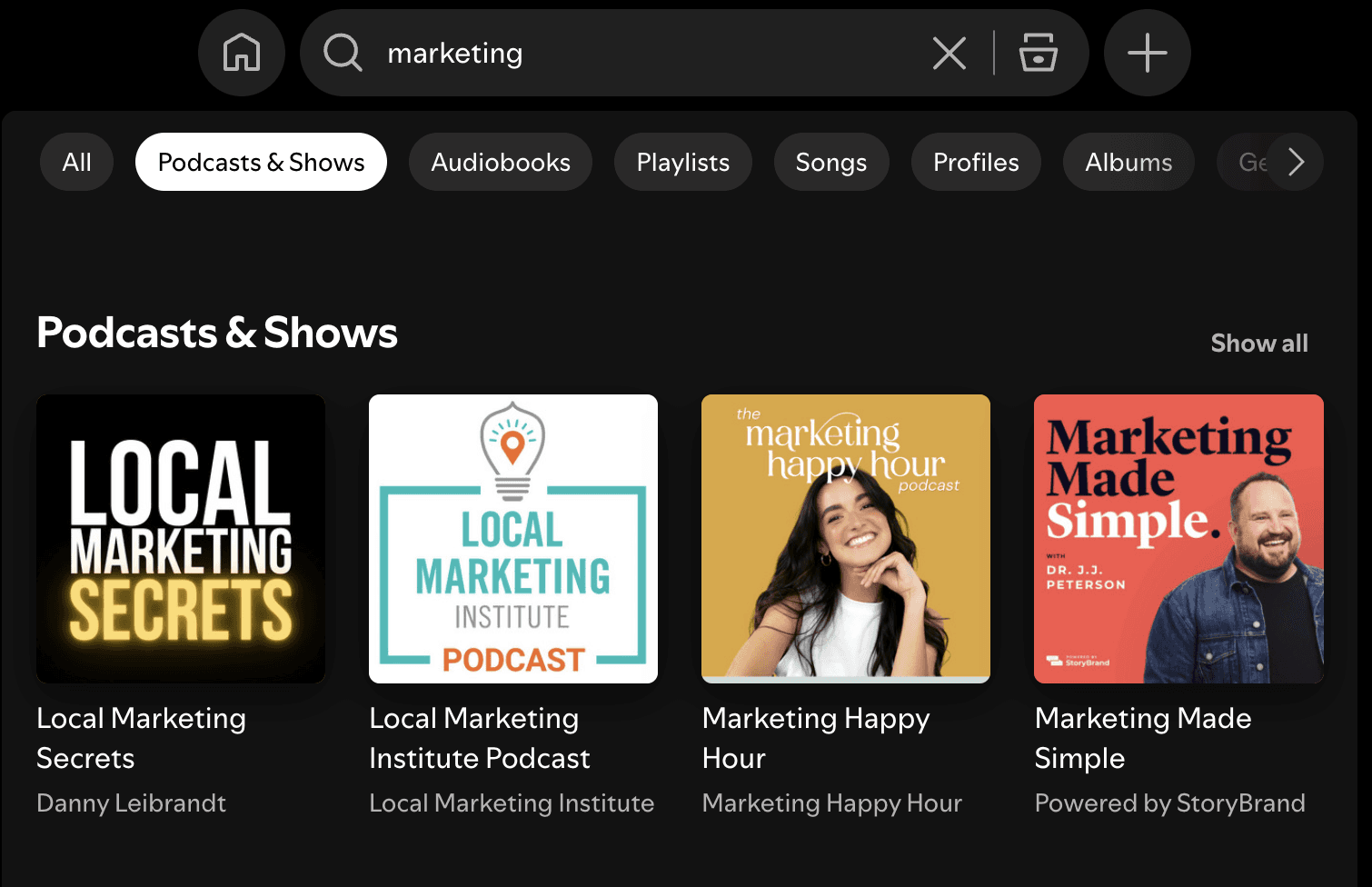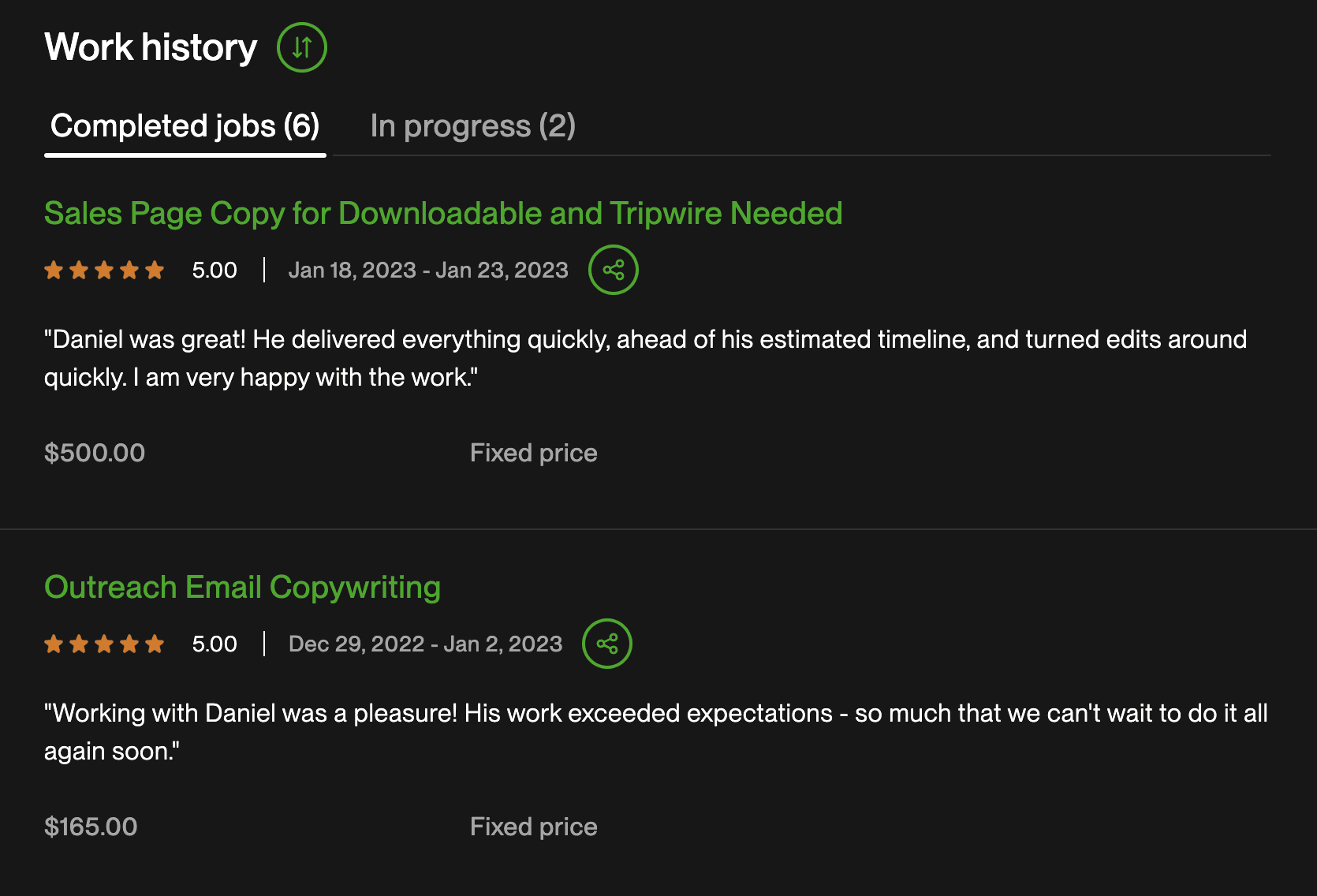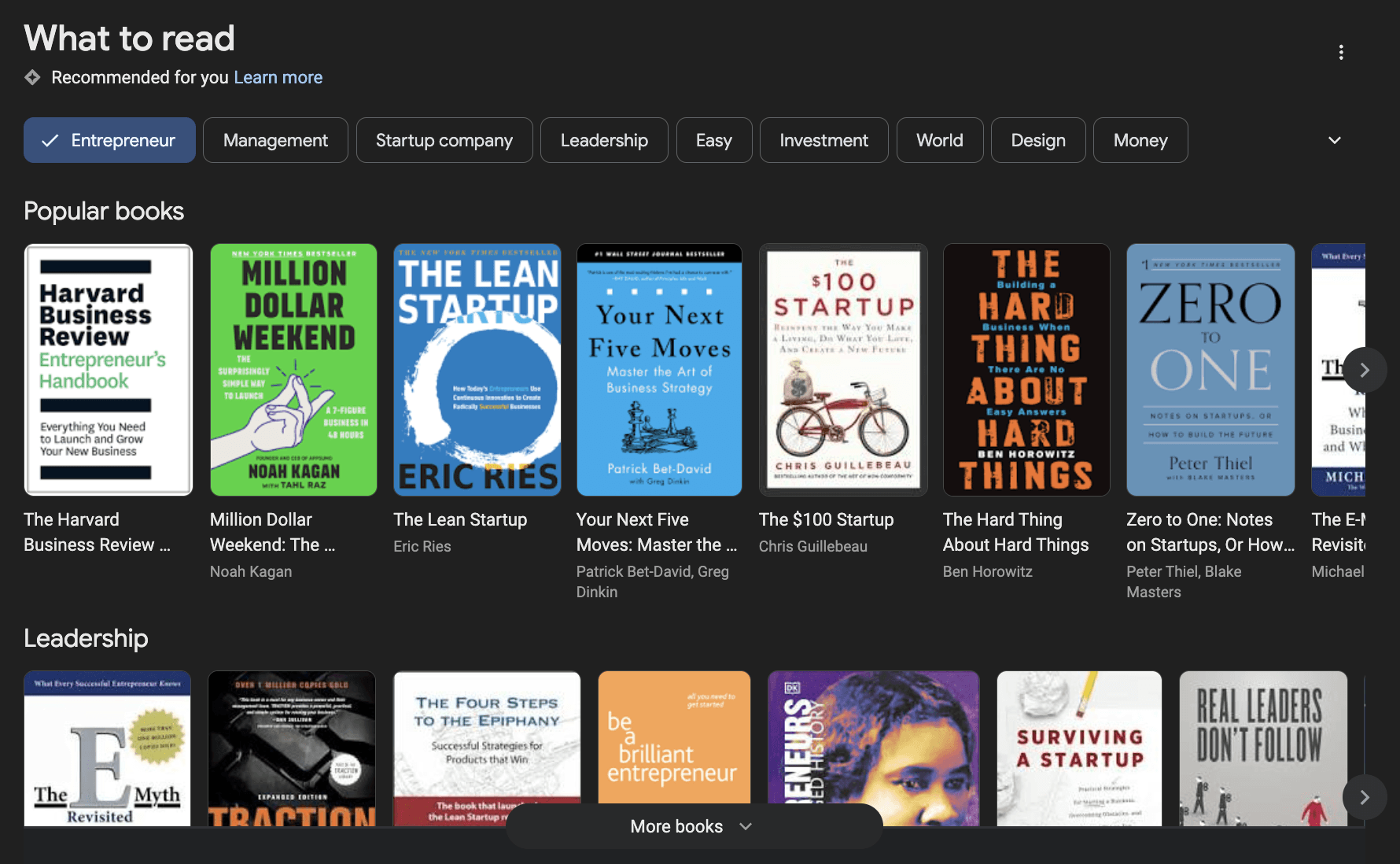Marketing
CRO Marketing: How Conversion Rate Optimization Can Boost Your Business
Jun 27, 2024
If there’s one thing I’ve learned as an entrepreneur, it’s that getting traffic to your website is only half the battle. The real challenge is converting that traffic into paying customers, and that’s where CRO marketing (Conversion Rate Optimization) comes into play.
You can spend all the money in the world on ads or SEO, but if your website isn’t optimized for conversions, you’re leaving a lot of potential revenue on the table. In this post, I’ll walk you through what CRO marketing is, why it’s crucial for your business, and some strategies I’ve used to boost conversion rates and drive growth.
/ / / / / / / /
What Is CRO Marketing?
Let’s start with the basics. CRO (Conversion Rate Optimization) is all about improving the percentage of visitors to your website who take a desired action—whether that’s making a purchase, signing up for a newsletter, or filling out a contact form. In short, it’s about turning your traffic into leads and customers.
The beauty of CRO marketing is that it focuses on getting more value out of the traffic you already have. Instead of spending more on ads or trying to attract more visitors, CRO is about maximizing the effectiveness of your existing website and marketing efforts.
Why CRO Marketing Matters
When I first started learning about CRO, one thing quickly became clear: it has a massive impact on your bottom line. Even a small improvement in your conversion rate can lead to a big jump in revenue.
Let’s say your website currently converts at 2%. If you can increase that to 4% through CRO, you’ve effectively doubled your leads or sales without having to spend more on traffic acquisition. That’s why I’m a big advocate for focusing on CRO—getting your website and marketing funnels optimized will pay off significantly in the long run.
Here are a few reasons why CRO marketing is a game-changer:
a) Higher ROI on Your Marketing Spend
Every dollar you spend on ads, SEO, or email campaigns becomes more valuable when your site converts better. With CRO, you can see a higher return on investment (ROI) from your existing marketing efforts.
b) Improved User Experience
Optimizing your site for conversions often leads to a better user experience. By removing friction points, simplifying navigation, and making it easier for visitors to take action, you create a smoother, more enjoyable journey for your users.
c) Better Understanding of Your Customers
CRO forces you to analyze how users interact with your website. By doing so, you gain valuable insights into their behavior, preferences, and pain points. These insights can help you refine your overall marketing strategy and better tailor your offers to your audience.
Key CRO Strategies I Recommend
Now that we’ve covered why CRO marketing is so important, let’s dive into some of the strategies I’ve used (and seen great results from) when optimizing websites for conversions.
1. A/B Testing
One of the first CRO tools I turn to is A/B testing. It’s simple but incredibly powerful. You create two versions of a web page (version A and version B) and split your traffic between them to see which one performs better. This could involve testing different headlines, CTAs (call-to-action buttons), layouts, or even color schemes.
For example, I once tested two different CTAs on a product page. One said, “Buy Now,” and the other said, “Get Yours Today.” To my surprise, the second option resulted in a 20% increase in conversions. Little tweaks like this can make a huge difference, and A/B testing is a great way to find out what works best for your audience.
2. Simplify Your Forms
I’ve found that form length is often a major conversion killer. If you’re asking for too much information upfront, visitors are likely to abandon the form before completing it. A good rule of thumb is to only ask for the information you absolutely need.
For example, if you’re capturing leads, just ask for a name and email address instead of asking for a phone number, company name, and job title. Shortening your forms can lead to a big bump in conversion rates.
3. Optimize for Mobile
Mobile optimization is no longer optional—it's essential. With more people browsing on their phones, a site that isn’t mobile-friendly is going to struggle to convert. I make sure every website I work on is responsive, meaning it works seamlessly on all devices.
It’s important to check things like load times, button sizes, and the ease of filling out forms on mobile devices. The better the mobile experience, the higher your chances of converting visitors into customers.
4. Use Social Proof
People are more likely to take action when they see that others have had a positive experience. This is why I always recommend incorporating social proof into your website. This could be in the form of customer reviews, testimonials, or even showing how many people have bought a product.
I’ve seen significant conversion rate increases by adding a simple review section or including trust badges (like secure payment icons) near the checkout button.
5. Clear and Compelling CTAs
Your call to action (CTA) is one of the most important elements on your website. It should be clear, compelling, and easy to find. One of the common mistakes I’ve noticed is that CTAs are either buried or not actionable enough.
Instead of a generic “Submit” button, try using something more engaging like “Get Started Now” or “Claim Your Free Trial.” The more inviting and specific your CTA, the more likely people are to click on it.
Tools for CRO Marketing
There are plenty of tools that can help you optimize your website and boost conversions. Here are a few that I use regularly:
Google Optimize: A free tool from Google that lets you run A/B tests and experiment with different website elements.
Hotjar: This tool provides heatmaps and session recordings, showing how visitors interact with your site so you can identify potential friction points.
Unbounce: If you’re running landing pages, Unbounce is an excellent tool for creating high-converting pages and running tests to optimize performance.
My Final Thoughts on CRO Marketing
In my experience, CRO marketing is one of the most valuable investments you can make for your business. It allows you to get the most out of your existing traffic, improve user experience, and drive more revenue without having to increase your ad spend.
The best part? CRO is an ongoing process. It’s not something you do once and forget about. By continually testing, tweaking, and optimizing, you can consistently improve your conversion rates over time. However, converting customers is only one component of lead generation. Check out my article here on how to crush lifecycle marketing.
Regardless, if you’re serious about growing your business, CRO marketing needs to be a key part of your strategy. Trust me—it’s worth the effort.
Latest
More Blogs By Danny Leibrandt
Get the latest insights on business, digital marketing, and entrepreneurship from Danny Leibrandt.












































































































